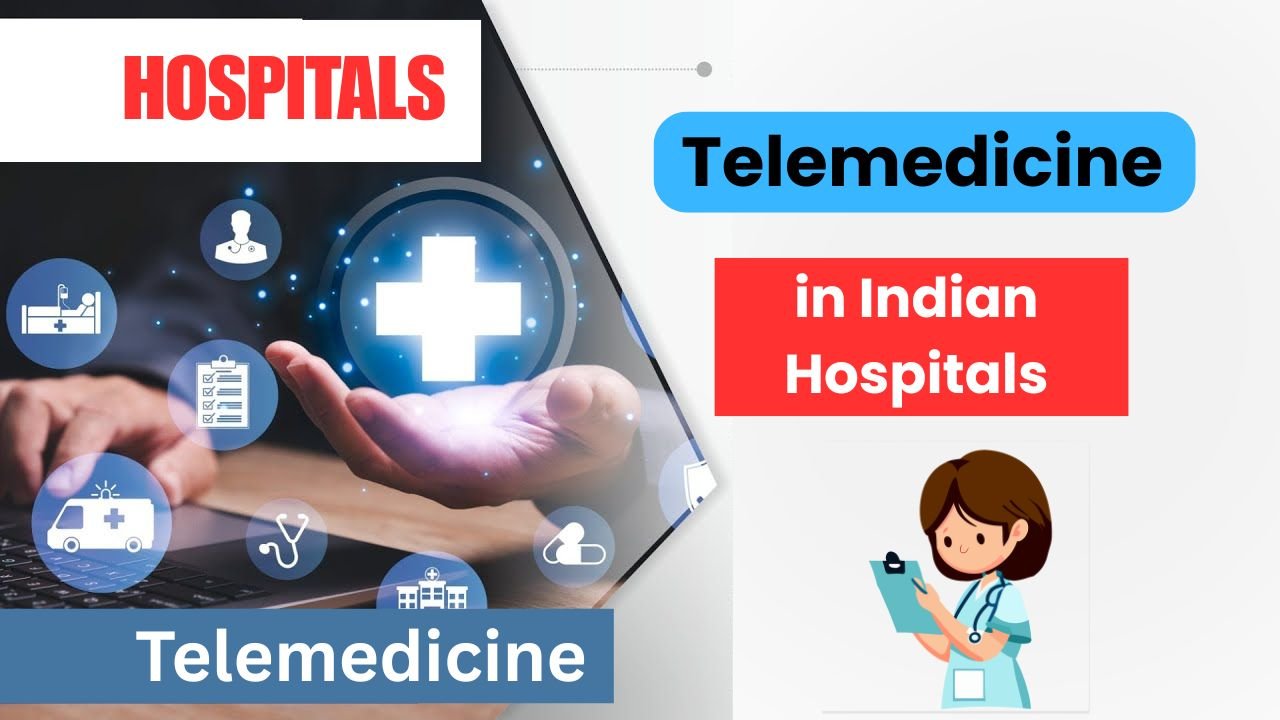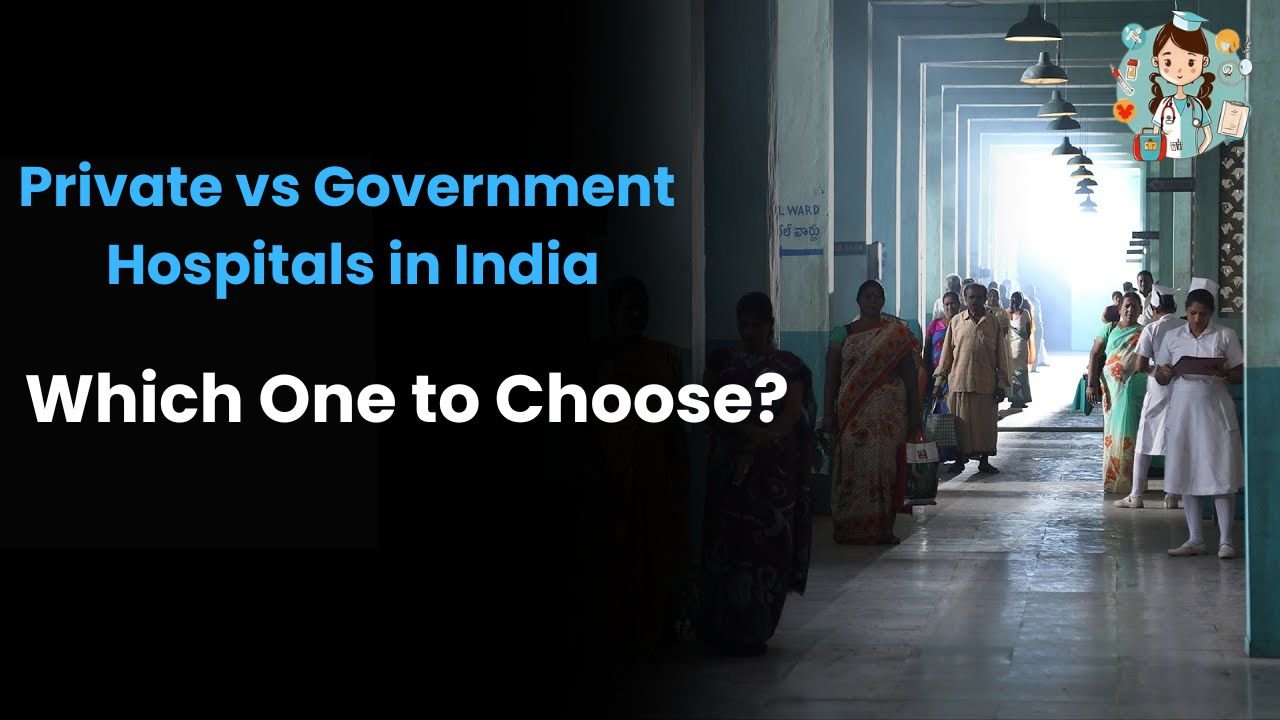The beginning of telemedicine and why it grew rapidly
Telemedicine is not new; patients including those in remote locations, have talked to doctors over a video or phone since 1990. During the last few years, however, telemedicine has developed rapidly because of the improved access to the Internet and smartphones. When patients can consult a doctor from home, hospital visits have reduced and time has also been saved.
Technical framework of telemedicine
- Virtual consultation: Talking to a doctor through mobile, WhatsApp video or app.
- Remote monitoring: The patient can monitor his health—such as blood pressure, sugar, then the doctor can check it remotely.
- Digital health record (EHR): The entire health information of the patient is kept safe on the cloud, so that doctors can provide better treatment.
What are the benefits to patients
- Ease of access: Patients living in villages, mountains or remote areas no longer have to travel to the hospital—just pick up the phone and get advice!
- Safe and safe treatment: Treatment rates start at ₹250, while in a hospital it can be ₹1000+. Also, the fear of infection is reduced.
- Time savings and convenience: Patients with office or physical problems can consult a doctor from home.
- Continuous treatment of chronic diseases: Like diabetes or heart disease—patients can track their treatment by meeting the doctor regularly virtually.
- Specialist consultation: Specialists who are not available in the city are available quickly, and at a more affordable cost.
What are the challenges
- Internet problem: Network is not available properly in villages.
- Rules and laws: Rules are different in every state, and privacy concerns remain.
- Medical limitations: Some diseases do not show up without a physical examination or lab test.
- Data security: The system for keeping patient information safe is not strong yet.
What will be seen in the future
- Use of AI: The disease will be identified before it appears—AI will think and help the doctor.
- Expansion of services: Mental health, childbirth, skin specialist, dermatology—all are coming into the virtual.
- Patients will be empowered: With wearable devices like fitbands, charts and apps, the patient himself will be able to monitor his health from time to time.
- Connected with the world: Indian doctors can also treat patients from other countries, and become a part of global treatment.
Detailed example: How telemedicine benefited
Treatment in a village block:
The child of a bank employee from a small village suddenly fell ill. There was no good hospital nearby. He made a video call and the child got a tablet and diet plan on the doctor’s advice. The child recovered in two days.
Elderly woman living in Delhi:
Who used to complain of back pain and found it difficult to come to the hospital every day—she started teleconsultation. The doctor suggested exercises, stretching, meditation and on top of that, distraction was also controlled.
Relief during Covid:
There was a fear of going to the hospital during the Corona period. Telemedicine gave advice from home, prescribed medicines and there was no talk of going to the hospital if not needed.
Growth figures of telemedicine in India
- Estimate: By 2025, there will be more than 10 million telemedicine consultations in India.
- Medical access in rural areas increases from 70% to 90% when doctors reach every home.
- The annual cost per patient is around ₹400–₹800, while in the clinic it can be ₹1000–₹3000.
- Sharing health records saves millions of rupees, as one does not have to do tests repeatedly.
Clear suggestions: Ways to adopt telemedicine
- Increase network infrastructure: Expand 4G/5G spectrum in rural areas.
- Legal reform: State governments along with the central government should make telemedicine rules—harmonized license, strengthen privacy and data security.
- Training of doctors and patients: Explain how to have a good consultation in video calls, keep continuous records, and understand the balance between investigation and consultation.
- Adopt a hybrid model: Where needed, call the patient for lab and physical tests, the rest of the time keep giving consultation from home.
- Use of AI and data: Analyze trends like Bhavant data, health data with artificial intelligence so that diseases can be detected earlier.
- Social awareness: Tell people in villages how they can take telemedicine—through health camps, government health help, etc.
Conclusion: Telemedicine—The New Way of Healthcare
Telemedicine has brought about a sea change in India’s healthcare sector—reaching treatment where there was no access. In fact, it benefits the patient, the doctor, and the entire healthcare system.
While there are challenges—network, laws, technical barriers—when the government, hospitals, and technology work together, India can become one of the leading countries in telemedicine.
In the future, TB, cancer, mental health, obstetric care—all will be connected to telemedicine. Patients will visit doctors from home, doctors will treat them using data, and the entire country will move towards a better healthcare system.








